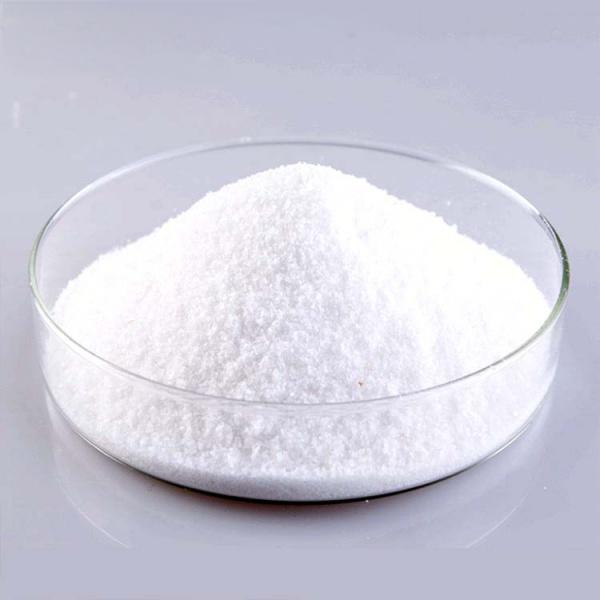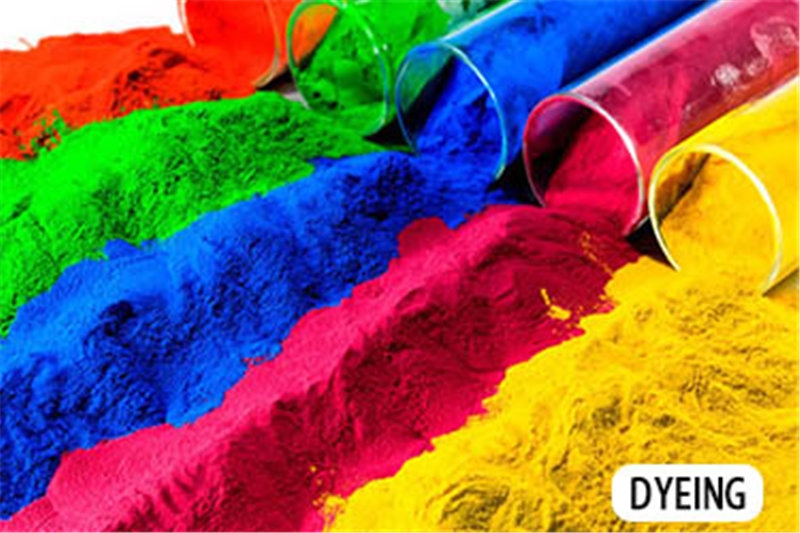Sodium formate is a simple yet remarkably effective compound shaping today’s industrial chemistry. This white crystalline powder takes on multiple roles, from keeping dyes steady in textile plants to melting ice on runways in cold weather. Industries like it because it works well without the tough drawbacks of older salts. Its rise stems from a mix of strong results, safety, and green features that match current eco targets. Here we’ll introduce what sodium formate is and sodium formate uses.

Understanding the Chemical Structure and Formula of Sodium Formate
Basic chemical formula and molecular structure
The chemical formula of sodium formate is HCOONa. It’s made up of a sodium ion (Na⁺) and a formate ion (HCOO⁻), which has one carbon, two oxygens, and one hydrogen. This basic ionic setup creates a salt that melts fast in water and behaves reliably in most systems.
How structure influences reactivity and performance
The one-carbon formate group enables quick reactions and tidy breakdown paths. In making chemicals and treating water, this speed aids in grabbing heavy metals well. Meanwhile, its plain structure holds it steady in normal settings, so it stays trustworthy for ongoing factory work.
Key physical-chemical properties (solubility, stability, etc.)
Sodium formate is highly soluble, going beyond 100 g per 100 mL of water at room temperature. It stays firm and solid until 253 °C, when it melts. Such traits keep handling, storing, and moving it straightforward, even for big jobs.
How Is Sodium Formate Sourced and Produced Sustainably?
Traditional vs renewable feedstocks
Past methods mixed carbon monoxide with sodium hydroxide. Today’s plants, though, frequently use biomass or waste-based formic acid, neutralized later. This change cuts heavy reliance on fossil carbon.
Manufacturing process highlights for low-carbon or bio-based sourcing.
Factories react CO from syngas with a base or ferment sugars to get formic acid. Newer systems grab byproducts for power, cutting emissions. Bointe Energy uses tight controls to keep purity above 98 percent, delivering steady quality for buyers.
Supply-chain and sustainability benefits for B2B buyers
Buyers gain from solid logistics close to Tianjin Port, allowing quicker shipments and less transport emissions. Every lot gets followed from raw input to packed bag via certification that proves careful sourcing.

What Environmental Advantages Does Sodium Formate Offer Compared to Conventional Chemicals?
Biodegradability and reduced ecological impact
Sodium formate degrades fast in soil and water via microbes. Research indicates full breakdown in weeks, with no toxic leftovers or buildup over time.
Corrosiveness, vegetation, and water-body safety
Different from chloride salts, sodium formate leads to little rust on metals. It treats plants and water life kindly. Runoff from used spots shows almost no harm, even with regular application.
Regulatory trends favouring greener alternatives
In Europe and North America, fresh rules push low-effect de-icing and process agents. Sodium formate fits many of these needs, letting firms hit compliance marks and boost their green image.
Which Industrial Applications Are Driving the Demand for Sodium Formate?
Oil & gas / drilling fluids: key functions and benefits
During drilling, sodium formate manages fluid weight and stops shale from expanding. Steady wells cut delays and lower repair needs.
Textiles, dyeing, and printing: role in fixation or uptake
For textile dyeing, it holds bath pH even so colors set strong and endure. Bointe’s sodium formate for textile dyeing comes in handy 25 kg bags for easy blending and shipping.
De-icing, aviation, and large-scale outdoor uses: performance + environmental factors
Airports often apply sodium formate to runways in frost. It clears ice well at cold temps without harming pavement or plane parts. Its green side suits the tight airport rules on safety and nature.
Beauty instrument / cosmetics / electroplating: niche but growing segments
In plating, sodium formate serves as a buffer for even metal layers. Certain beauty-tool makers add it to cleaning mixes since it wipes residue softly without eating into parts.
Other technical uses (e.g., analytical chemistry, buffer solutions)
Labs turn to it for pH management in tests. It works as a solid reducing agent in gas cleaning and emission setups.

What Should You Consider When Selecting a Sodium Formate Supplier for Your Business?
Quality assurance and standards (purity, grade, certifications)
Pick a supplier with ≥ 98 percent purity and steady moisture checks. Bointe examines each lot for insolubles and supplies ISO-certified papers, keeping quality even across batches.
Sustainability credentials (renewable sourcing, eco-certifications)
See if the supplier shares feedstock details and audit results. Firms like Bointe Energy describe their low-carbon methods and hold export logs in 50 + countries.
Logistics, packaging, and transport safety for industrial shipping
Sodium formate usually arrives in 25 kg moisture-proof bags that stack neatly and hold up in transit. Being near ports such as Tianjin speeds up overseas orders.
Cost-benefit for your specific equipment/application
With its high purity and reliable action, moving to sodium formate can drop additive use by around 2 percent, leading to clear savings in operations.
How Can Your Business Integrate Sodium Formate into Its Manufacturing or Product Process?
Case example: switching from traditional salt-based additive to sodium formate
One textile plant swapped soda ash for sodium formate in dyeing. Outcome? Color yield rose 5 percent, and wastewater metals fell sharply.
Implementation steps: testing, qualification, scale-up
Start small in the lab. Check pH, steadiness, and color hold. After approval, test on real lines, then go full volume.
ROI considerations: performance improvement, environmental branding, regulatory compliance
Less use brings cost cuts. Cleaner steps build your eco story and meet stricter green laws.
Bointe also provides calcium formate for feed uses, a matching item for the animal nutrition sector.
FAQs on Sodium Formate for Industrial Buyers
Is sodium formate safe to handle and store?
Yes. Put on usual gear like gloves and goggles, and store them dry away from strong acids. It carries low fire and poison risks.
What grades are available (industrial, food, pharma)?
Industrial grade holds 98 percent minimum purity, matching Bointe’s specification. Feed and pharmaceutical types get extra cleaning and checks.
Are there any compatibility issues with lighting/industrial/equipment materials?
Sodium formate fits most metals and plastics. For seals, run a fast check before big use.
Lead times, MOQ, and logistic considerations for export markets. The minimum order quantity (MOQ) begins at 1 ton, with a typical delivery time of 10 days from Tianjin Port. Sea shipping works best for large loads.
